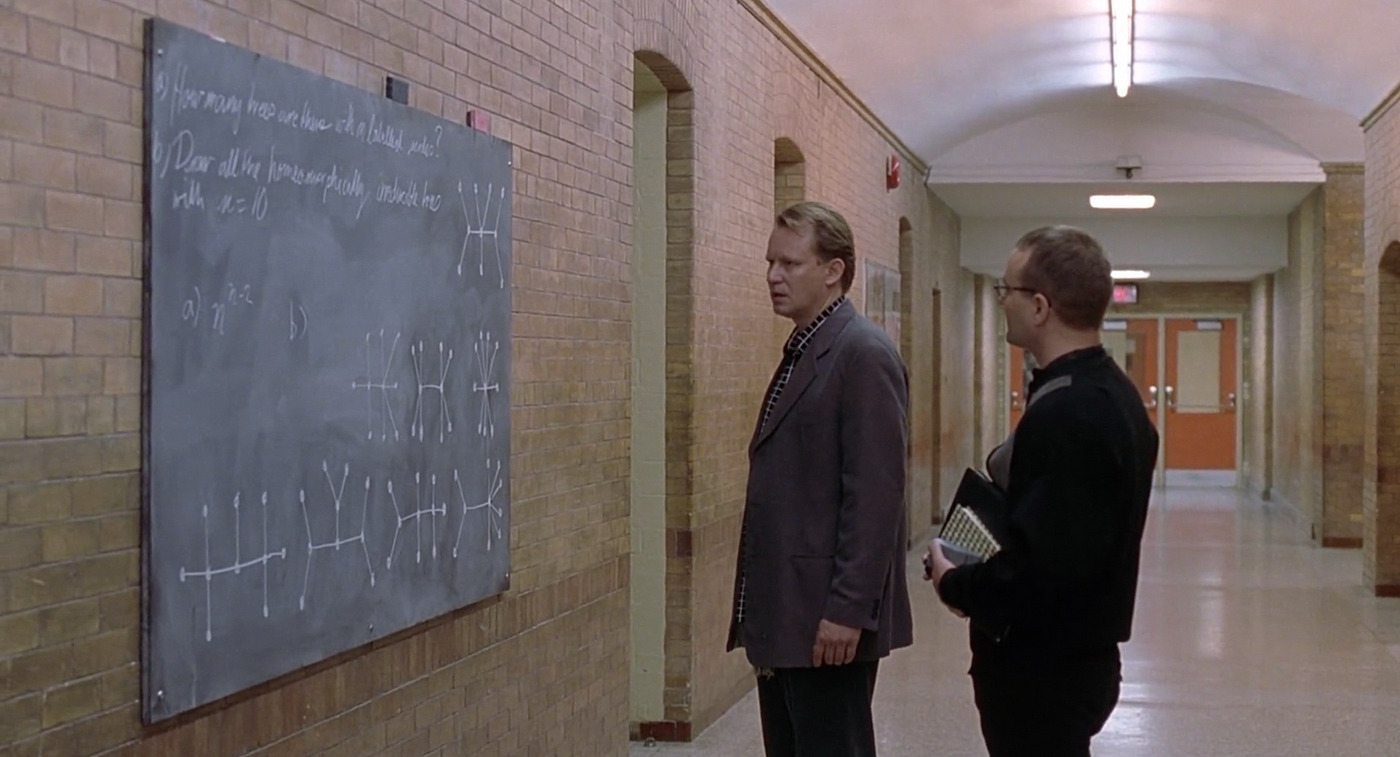Effective problem-solving is a critical skill for any successful leader. However, all too often, teams rush to find solutions without taking the necessary time to define the problem clearly.
By overlooking this crucial step, teams may only address the symptoms of the problem, leading to ineffective or short-term solutions
Successful team leaders look beyond symptoms and define problems clearly before seeking solutions.
And the most Effective Leaders follow a repeatable, step-by-step process for clarifying and solving the right problem, emphasizing the importance of writing down and agreeing on the problem, acknowledging distracting assumptions, listing possible causes through diverse perspectives, and gaining support for implementing the solution.
Here’s a problem-solving process you can follow:
-
Agreeing on the Problem:
Before diving into solutions, it is crucial for teams to establish a shared understanding of the problem. Writing down and agreeing on the problem statement ensures that everyone is on the same page.
This step helps teams avoid confusion and misinterpretations and fosters a sense of ownership and commitment among team members.
-
Acknowledging Distracting Assumptions:
Often, assumptions can cloud the perception of the problem and hinder effective problem-solving. Sometimes leaders can get stuck holding onto limiting beliefs or assigning current challenges to previously identified causes and become distracted. By consciously acknowledging these assumptions, teams can prevent bias and broaden their perspective.
Encouraging open dialogue and asking your team to answer the question “what underlying assumptions are we making here?” helps to reveal hidden aspects of the problem, enabling teams to delve deeper and identify its true nature.
In fact, there are TWO useful activities you can use with your team to help identify root causes and gain a deeper understanding of the problem. These tools provide structured approaches to analyze and uncover the underlying factors contributing to the problem.
Fishbone Diagram:
The Fishbone Diagram, also known as the Cause-and-Effect Diagram, is a visual tool that helps identify potential causes by categorizing them into different branches.
The main categories typically include people, process, equipment, materials, environment, and management. Team members brainstorm potential causes within each category, allowing for a comprehensive examination of the problem from various angles. This tool encourages systematic thinking and promotes a shared understanding of the problem’s root causes.
Five Whys:
The 5 Whys technique is a simple yet powerful tool for root cause analysis. It involves repeatedly asking “why” to dig deeper into the underlying reasons behind a problem.
By asking “why” five times, teams can peel back the layers of symptoms and surface-level causes to uncover the core issue. This technique helps to identify not only the direct causes but also the deeper systemic or causes. It encourages critical thinking and drives teams to address foundational problems rather than just treating the symptoms.
-
Considering Diverse Perspectives:
Listing possible causes is a crucial part of problem definition. By seeking input from diverse perspectives within the team, a comprehensive range of potential causes can be explored. Different team members bring unique experiences, knowledge, and viewpoints, which can shed light on aspects that might otherwise be overlooked, and you will benefit from getting the insights from different people who are affected by the issue in different ways.
Brainstorming out loud as a group, though, has limited effectiveness – as many individuals may hesitate to share ideas they think may be criticized. Instead, effective leaders will ask people to brainstorm quietly by themselves and then collect their ideas on index cards to review and share anonymously.
Seeking quality feedback and taking advantage of the insights that other members of your team can share is one of the most helpful actions a leader can take. – and is often a key take-away from business team building events.
Embracing this diversity of stakeholders across your organization fosters creativity and encourages contributions of innovative problem-solving approaches.
This is also why many effective leaders invest in a relationship with a quality executive leadership coach who can ask them valuable questions and provide a valuable perspective from outside the organization.
-
Gaining Support for Implementing the Solution:
Leadership effectiveness and team performance depend heavily on the successful implementation of solutions. To ensure the adoption of a proposed solution, leaders must gain support from team members. Engaging the team in the problem-solving process and actively involving them in generating solutions fosters a sense of ownership and commitment.
When team members feel heard and valued, they are more likely to contribute their skills and expertise towards implementing the solution effectively.

And How Does Effective Problem-Solving Increase Team Performance?
“Your ability to solve problems and make good decisions
is the true measure of your skill as a leader.” – Brian Tracy
Statistics from a recent World Economic Forum study indicate that “36% of all jobs across all industries will require complex problem-solving abilities as a core skill”
Investing time and effort in effective problem-solving techniques has a profound impact on team performance and leadership effectiveness.

Furthermore, a report published by Harvard Business School Online revealed that “strong problem-solving skills are crucial for leaders in any field.”.
Their ability to define problems clearly and lead their teams through the problem-solving process enhances their decision-making capabilities and boosts team morale and productivity.
Leaders and their teams need to go beyond surface-level symptoms and define problems clearly before seeking solutions. Taking the time to write down and agree on the problem, acknowledging distracting assumptions, considering diverse perspectives, and gaining support for implementing the solution are crucial steps in effective problem-solving.
Climbing the Ladder of Leaadership Awareness is one helpful way to improve as a problem solver…
But the FOUR-PART PROCESS ABOVE will accelerate your ability to move forward more productively with your team regardless of the challenge you are facing!
By embracing this process, teams can unleash their potential, drive innovation, and achieve long-lasting solutions. Investing in problem-solving techniques not only enhances team performance but also contributes to leadership effectiveness.
It is through this holistic approach that teams and organizations can thrive and overcome challenges in today’s dynamic business environment.
Remember, effective leadership begins with mastering the art of problem-solving, and the results can be incredibly positive and profitable.
– – – – –
Sean Glaze delivers engaging conference teamwork keynotes and interactive team building events that help healthcare and education leaders build more positive and profitable cultures.
healthcare and education leaders build more positive and profitable cultures.
Sean is also an author, and each of his four books, The Unexpected Leader, Rapid Teamwork, The 10 Commandments of Winning Teammates, and Staying Coachable, are entertaining parables with powerful take-aways for team growth and leadership!
What issues are YOU dealing with that would disappear if you could build a team culture that inspired connection, accountability, and a team-first attitude?
You can reach Sean via email at [email protected]



